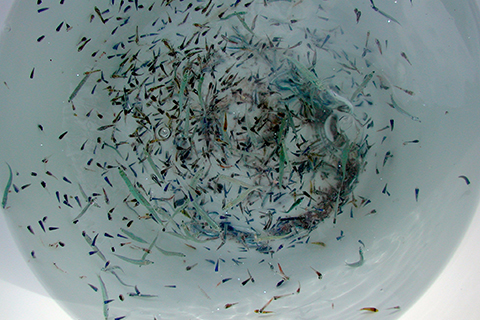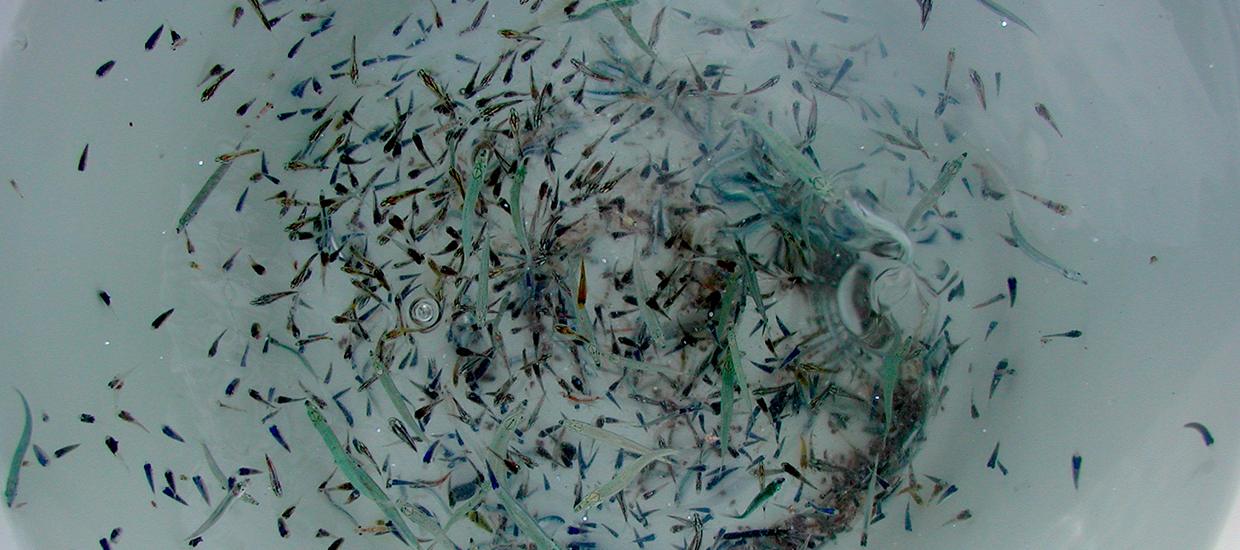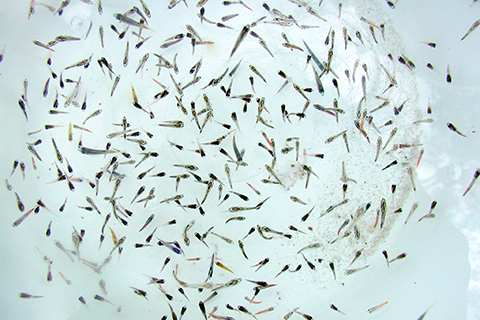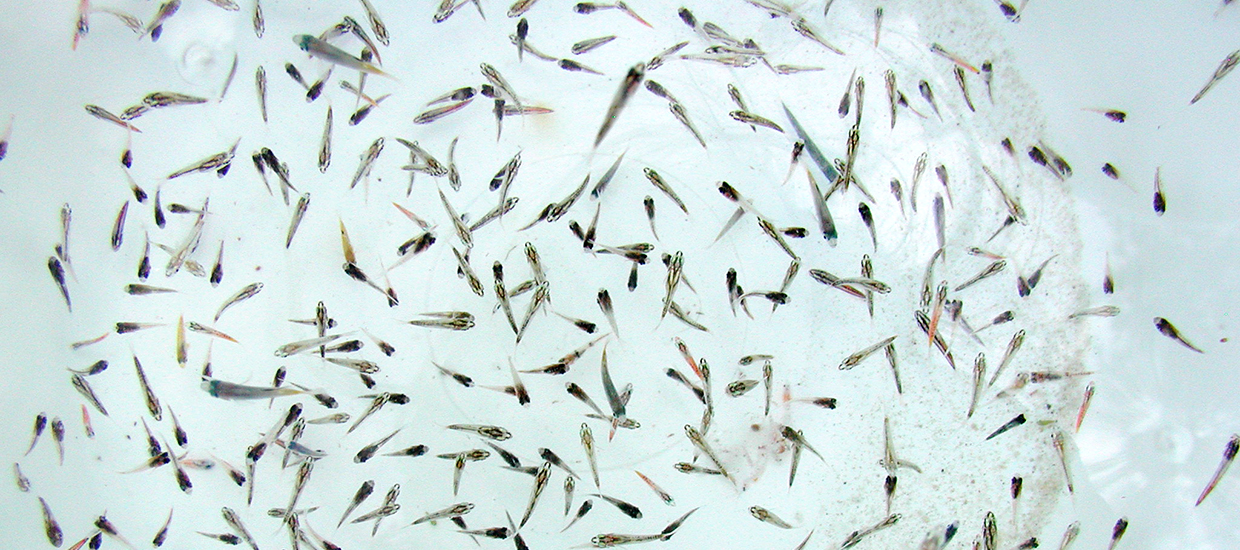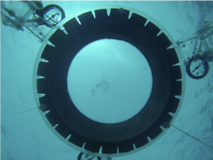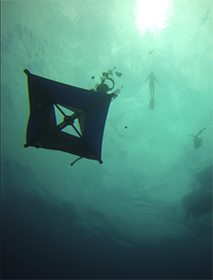The life cycle of the vast majority of marine fish species begins with a millimeter-size larva lasting from weeks to several months, potentially dispersed far away from the birthplace by oceanic currents. Understanding how far the larvae move from their parents is a major goal of marine ecology because this dispersal can make connections between distinct populations and thus influence population size and dynamics. Studying fish population connectivity networks has thus become critical for sustainable management of fishery resources and more generally for the spatial conservation of marine biodiversity through efficient placement of marine reserves.
The goal of the collaborative project was to study the orientation capabilities of larval fish in the wild throughout development and their response to cues under a variety of environmental conditions to see if the gap between observations and predictions of population connectivity can be resolved. Indeed, understanding the complex behavioral responses of larvae to their environment has become a primary objective for those studying larval dispersal.
We used the neon goby, Elacatinus lori, an endemic species of Belize as a model system. The choice of study system is motivated by the fact that both direct genetic and indirect modeling methods have already been used to describe the dispersal distance for this species living as adult in tube sponges. The genetic observations by Dr. Peter Buston, our colleague from Boston University, indicate that dispersal is less extensive than predicted by the biophysical model. More over, Dr. John Majoris (Boston University) was able to rear the neon gobi in the lab from hatching to settlement, providing a reliable source of larvae of all ages for proposed experiments. We used our new technology, the Drifting In Situ Chamber (DISC) to allow measurements of larval orientation behavior through ontogeny at sea.
Our results provide compelling evidence that fish larvae have the potential to influence their pattern of dispersal throughout the entire larval phase from hatching through settlement. We demonstrate that the high precision in orientation of larvae observed at sea is not random. Not only neon gobi larvae oriented early in development, but their bearing changes with environmental factors such as tidal phase, distance from the reef, and depth. Surprisingly, we discovered that they are capable of detecting the direction of the water mass in which they are transported. Indeed, we find for the first time a significant tendency for pelagic fish larvae to orient against the direction of the current.



